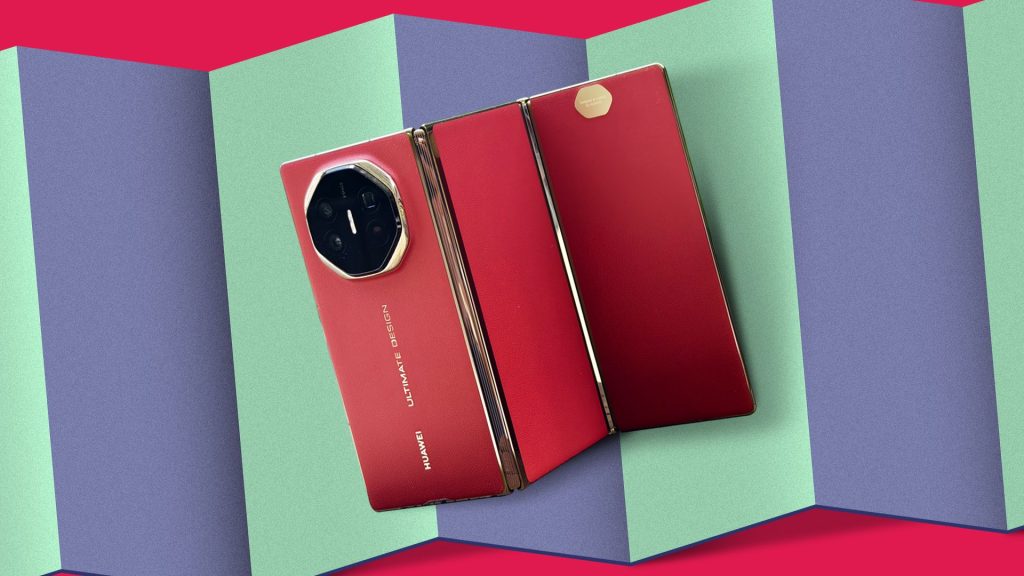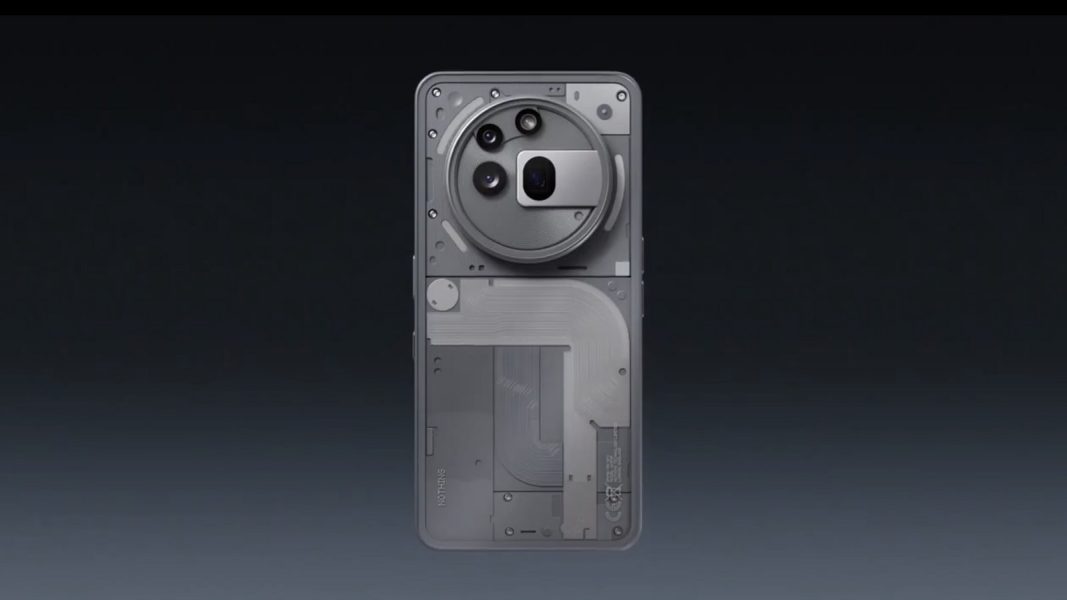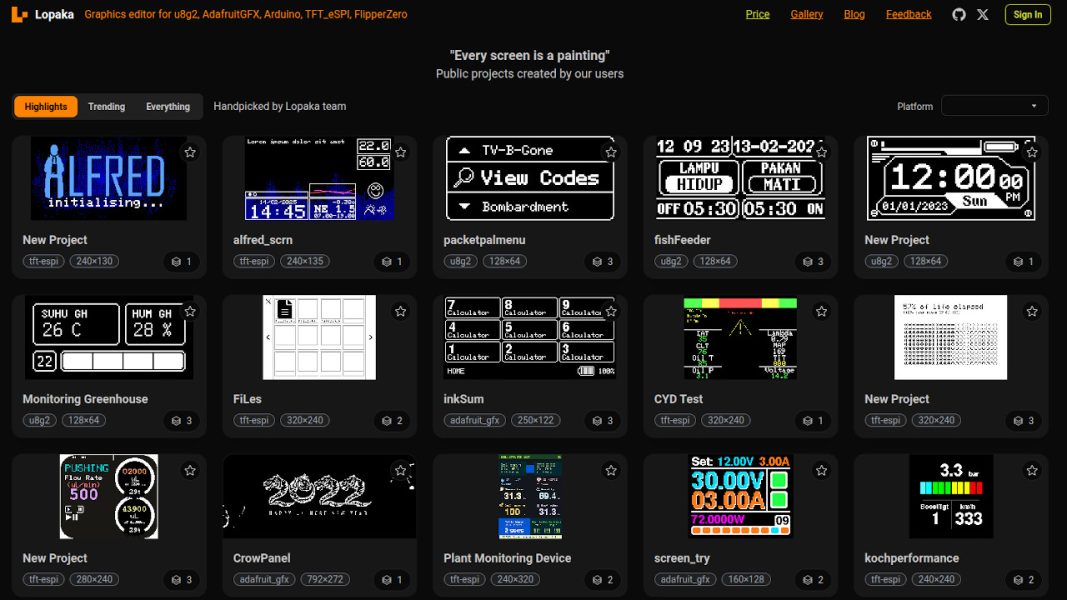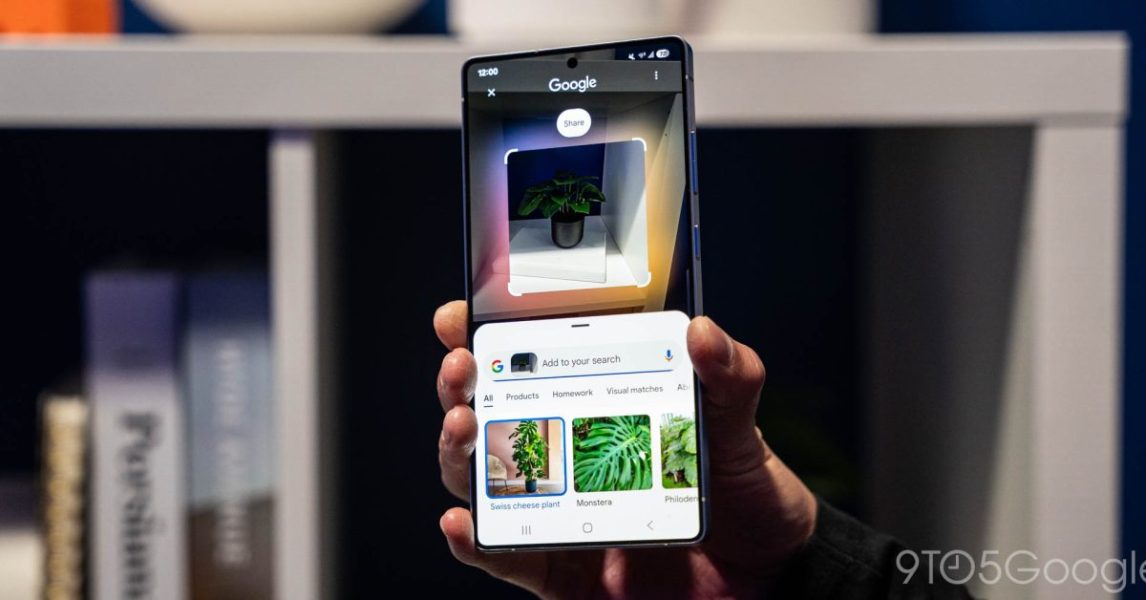24 hours with the world’s first trifold taught me these 5 things – Android Police

The Huawei Mate XT made waves last year as the world’s first tri-folding smartphone. Now, nearly six months after its launch in China, it’s finally available in global markets. What’s unique about the Huawei Mate XT compared to traditional foldables is that this device has two hinges instead of one, allowing it to transform from a 6.4-inch smartphone into a 10.2-inch tablet.I’ve had the Huawei Mate XT for about a day now, and here’s what I’ve learned from my time with this foldable phone (and what Samsung should take notes on, considering it’s likely launching a trifolding phone this year).So many possibilities The Huawei Mate XT’s biggest talking point is, of course, its form factor. When folded, it looks like a standard Android smartphone, but things get interesting when you unfold it. The first unfold gives you a book-style foldable, and unfolding it again turns it into a full-fledged tablet. What you end up with is a paper-thin tablet that feels like it’s all screen and battery.The Mate XT measures 12.8mm thick when folded and just 3.6mm thin when fully opened. For comparison, the Samsung Galaxy Z Fold 6 is 12.2mm thick, and the Google Pixel 9 Pro Fold is 10.5mm thick, despite having just one hinge and one folding screen.Adding extra (and sometimes even moving) parts to a phone doesn’t automatically mean it has to be bulky. The Mate XT proves that with better engineering in hinge design, display tech, and battery (like switching to a silicon-carbon battery), even a trifolding device can stay thin, rather than feeling like a thick brick in your pocket. Book-style foldables were a game-changer when they first launched, offering a big inner screen for multitasking and the usual cover screen that can be used as a traditional smartphone. But after using a trifolding phone, I now realize that this form factor actually makes more sense.Unlike book-style foldables, which have black bars when watching videos and don’t offer much advantage over a regular slab phone, a trifolding device unfolds into a true tablet-sized display. The Mate XT’s 10.2-inch OLED display has a 16:11 aspect ratio which makes video content feel far more immersive compared to a book-style foldable.Sure, book-style foldables are great for multitasking, but if your main reason for getting a foldable phone is to open up a larger display for content consumption, then a trifolding design just makes a lot more sense. I’ve had the Huawei Mate XT for about a day now, and as expected, I’ve spent most of my time fully unfolding the trifolding display rather than just using the cover screen. Even now, every time I open it up into this massive 10.2-inch tablet, it feels surreal. But one thing I’ve noticed is that using the phone fully unfolded drains a lot of battery.And that’s not too surprising. The Mate XT packs a 5,600 mAh battery, which is impressive considering how thin and foldable it is. But it’s still not big enough to power a 10.2-inch screen for hours. Most tablets of this size have nearly double the battery capacity, and even then, they struggle to last through a full day of heavy use.The Mate XT is designed to replace both a phone and a tablet while still being pocketable, but it seems battery life is one of the trade-offs. Over time, I expect to use this device more like a phone rather than unfolding it into a tablet every time I pick it up. However, for anyone considering such an expensive device, it’s worth noting that battery life is still a big question mark for me based on my initial impressions. Since the Mate XT is a Huawei device, it doesn’t come with Google apps preinstalled. While the global version runs EMUI 14 based on Android 14 (unlike the Chinese version, which runs HarmonyOS), the lack of proper Google support has made it hard for me to fully enjoy this foldable.It’s not Huawei’s fault — it’s just how the situation is — but even with unofficial ways to install Google apps, the experience isn’t nearly as seamless as other foldables that come with Google Play and better foldable UI optimization.Plus, not having Google apps is not the only issue with the software on the Mate XT. There are many small quirks in EMUI 14 that have been frustrating. The lack of an app drawer and the inability to swipe down for notifications instead of opening search are just a couple of things that make me go “ugh, this could’ve been so much better.”Huawei has clearly nailed the hardware, but the software experience still has some catching up to do if the company wants to compete at the highest level.If we’re paying upwards of $1,000 more, we should get a better experienceThen there’s the price tag. The Huawei Mate XT costs nearly $3,000 in China, so I didn’t expect it to be cheaper globally. But at €3,499 (~$3,650), this is an extremely expensive device. For that price, you could buy a phone, a laptop, and a tablet individually and still end up saving some money. While Huawei wants to replace all three with one device, the problem is, you’re paying a huge premium upfront for that vision.Sure, unfolding this device into a tablet will turn heads, but with even more moving parts, no durability rating, and software that still feels lacking, the high price is starting to feel hard to justify. Of course, my opinion might change as I use it more, but for now, every time I see that price tag, I can’t help but go “oufff.”The Huawei Mate XT has given me a glimpse of what the foldable market is truly aiming for. It’s one thing to see these devices showcased as concepts at tech events, but actually using one in daily life and carrying it in my pocket has made me more intrigued about where the industry is heading.The vision is clear — a single device that replaces your phone, tablet, and maybe even your laptop. But, now, the question is who will refine it best and push it forward. Over to you, Samsung?The Huawei Mate XT is the world’s first trifolding smartphone. It features a 6.4-inch cover display that looks like a regular phone, but it can unfold twice to reveal a massive 10.2-inch screen. Despite the larger display, the phone maintains a slim design, packs a 5,600 mAh battery, and supports fast charging.We want to hear from you! Share your opinions in the thread below and remember to keep it respectful.Your comment has not been saved$3650. Funding communism isn’t cheap when the CCP replies on everyone else-s money.And how long until creases appear on that screen?Can anyone say money and durability?These drawbacks are things of the pastOne spot for all your Made By Google devicesNot all AI features are usefulSkip the upgrade and maintain your phoneGet a 2-year plan with a one-time payment
Source: https://www.androidpolice.com/huawei-mate-xt-trifold-one-day-impressions/



